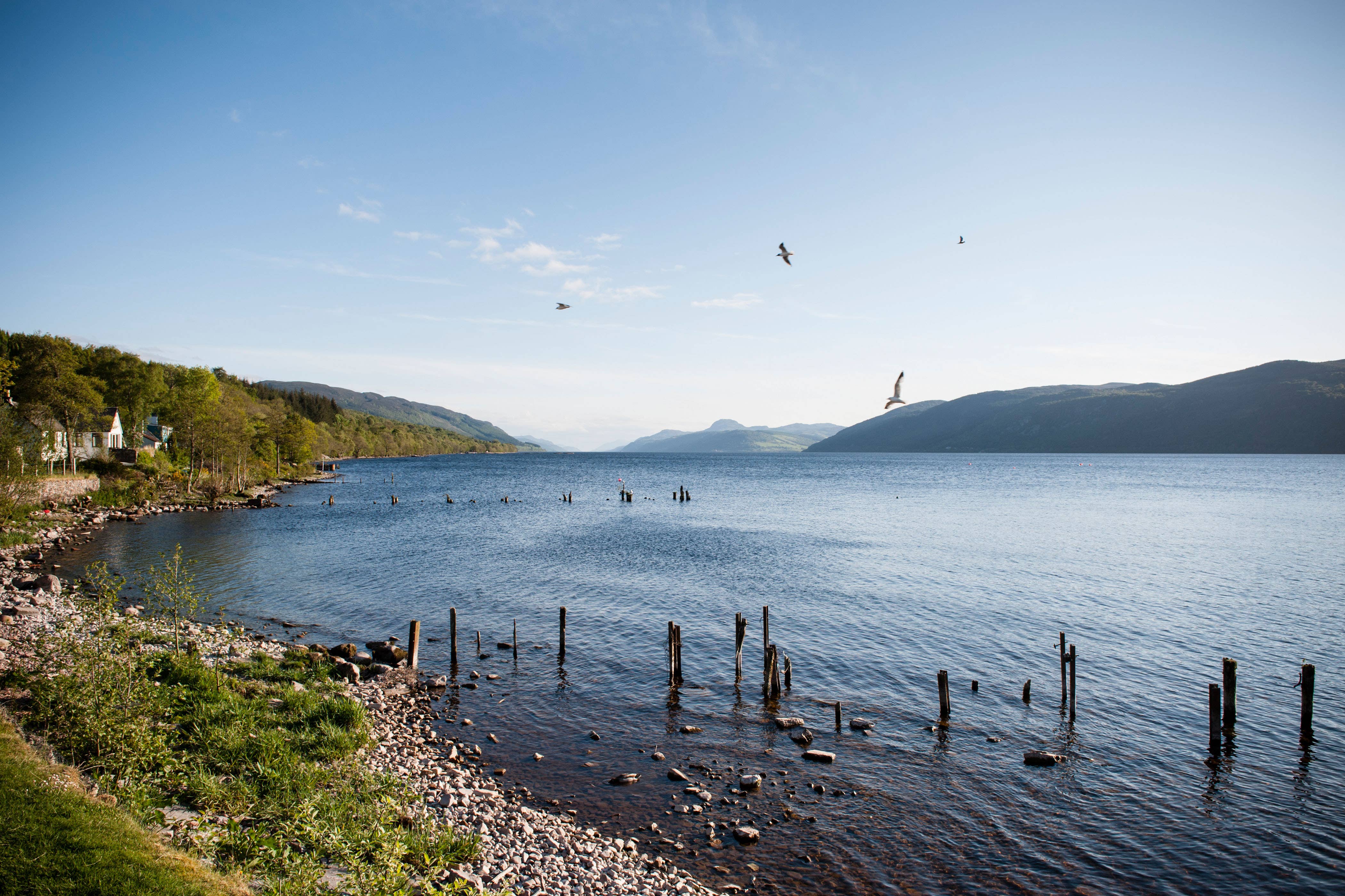Nasa asked to help in the search for Loch Ness Monster as live webcams set up
Volunteers are being recruited to keep a giant surface watch for the monster
Your support helps us to tell the story
From reproductive rights to climate change to Big Tech, The Independent is on the ground when the story is developing. Whether it's investigating the financials of Elon Musk's pro-Trump PAC or producing our latest documentary, 'The A Word', which shines a light on the American women fighting for reproductive rights, we know how important it is to parse out the facts from the messaging.
At such a critical moment in US history, we need reporters on the ground. Your donation allows us to keep sending journalists to speak to both sides of the story.
The Independent is trusted by Americans across the entire political spectrum. And unlike many other quality news outlets, we choose not to lock Americans out of our reporting and analysis with paywalls. We believe quality journalism should be available to everyone, paid for by those who can afford it.
Your support makes all the difference.The Loch Ness Centre, in the Highlands, has asked space explorers Nasa, and other scientists and universities, to lend their expertise in a new hunt for the monster.
Last year, one of the biggest searches of Loch Ness concluded with a hydrophone capturing loud underwater noises and several potential sightings.
The latest search will place on the 90th anniversary of the first organised surface watch of Loch Ness: Sir Edward Mountain’s expedition, from May 30 to June 2.
Since that first expedition in 1934, the Watchers of the Monster, there have been over 1,156 sightings of the beast on the official Loch Ness Monster sightings register.
Last year, the newly revamped Loch Ness Centre partnered with Loch Ness Exploration (LNE), an independent and voluntary research team, together with hundreds of in-person and virtual volunteers to search the famous waters of Loch Ness.
Volunteers are being recruited to keep a giant surface watch, keeping an eye out for breaks in the water. They will be briefed on what to look out for and how to record findings.
Those unable to make it to the loch can get involved through keeping an eye on live cameras on the Visit Inverness Loch Ness website.

A screening of Loch Ness: They Created a Monster, a documentary exploring the monster-hunting frenzy at Loch Ness in the 1970s and 1980s with a special Q&A with the director, John MacLaverty, will also take place, along with a live debate with researcher Alan McKenna, from Loch Ness Exploration, and a witness account.
Nessie hunters can also go out on a boat with Deepscan Captain, Alistair Matheson, the skipper for the Loch Ness Project, as well as Mr McKenna, using a 60-foot hydrophone to listen for mysterious sounds echoing from the depths of the loch.
The Loch Ness Centre, which reopened last year following a huge renovation, is located at the old Drumnadrochit Hotel, where hotel manager Mrs Aldie Mackay reported seeing a “water beast” in Loch Ness 90 years ago.
Paul Nixon, Loch Ness Centre general manager, said: “Last year, we captured the world’s attention with one of the biggest ever searches for Nessie, with participants joining us from America, Canada, France, Italy, Japan and more.
“With unexplained noises heard, alongside possible sightings, this year we are determined to find out more about the elusive Loch Ness Monster.
“As well as asking for the help of budding monster hunters to help us on our quest, we are asking for the help of experts.
“We’re excited to make this search the biggest ever, as we look for new equipment to help us uncover the loch’s biggest mysteries.”
Explaining how Nasa could help, Aimee Todd, marketing manager for the Loch Ness Centre, said: “We are hoping that Nessie hunters around the world will help us reach the people at Nasa.
“We are hoping to reach them through the power of social media. We are just hoping for their expert guidance to help with our ongoing quest to get answers. We have gone to UK universities.
“We are hoping that experts from Nasa might have some advanced imaging technology to scan the loch.
“We would have to sit down and talk to them about how to get it here.”